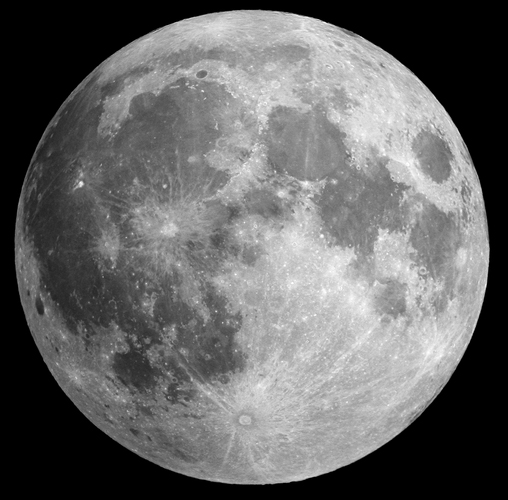
The moon is barely spitting distance closer, relatively speaking-but it’s a start. That’s just one reason NASA is planning to build a new lunar base camp. Artemis’s goals cover three domains: low-Earth orbit, the moon, and Mars.
In 2021, two robotic missions will deliver scientific and commercial payloads to the moon. It’s called the Volatiles Investigating Polar Exploration Rover, and it has the word “Polar” in it because this is all going to be based at the moon’s south pole, somewhere near the 12-mile-wide by 2-mile-deep Shackleton Crater.
VIPER and other lunar rovers will wander around the moon’s surface looking for resources humans will need in order to spend any significant amount of time there, like oxygen and water.
After uncrewed and crewed flight tests-Artemis I and II, respectively, whose flight distances will together total almost a million miles-Artemis III will be the mission that finally lands people on the moon.
Once they’re there, NASA envisions astronauts staying on the moon for up to a week at a time to start.
The south pole base camp they’ll dock at will include a lunar terrain vehicle for them to move around in, and a “Habitable mobility platform,” essentially a much larger pressurized vehicle on which astronauts could stay for 45 days at a time.
Once operations on the moon are expanded and astronauts can stay there for longer, the Mars piece of the Artemis plan would kick in. Just as robots will deliver robots to the moon before humans go there, the same would subsequently happen on Mars: robots first, humans later.
After the two moon explorers return to the station, all four crew members would hunker down for another multi-month stay there to simulate the return trip to Earth.
In Greek mythology, Artemis was the twin sister of Apollo, for whom the first moon missions were named.
